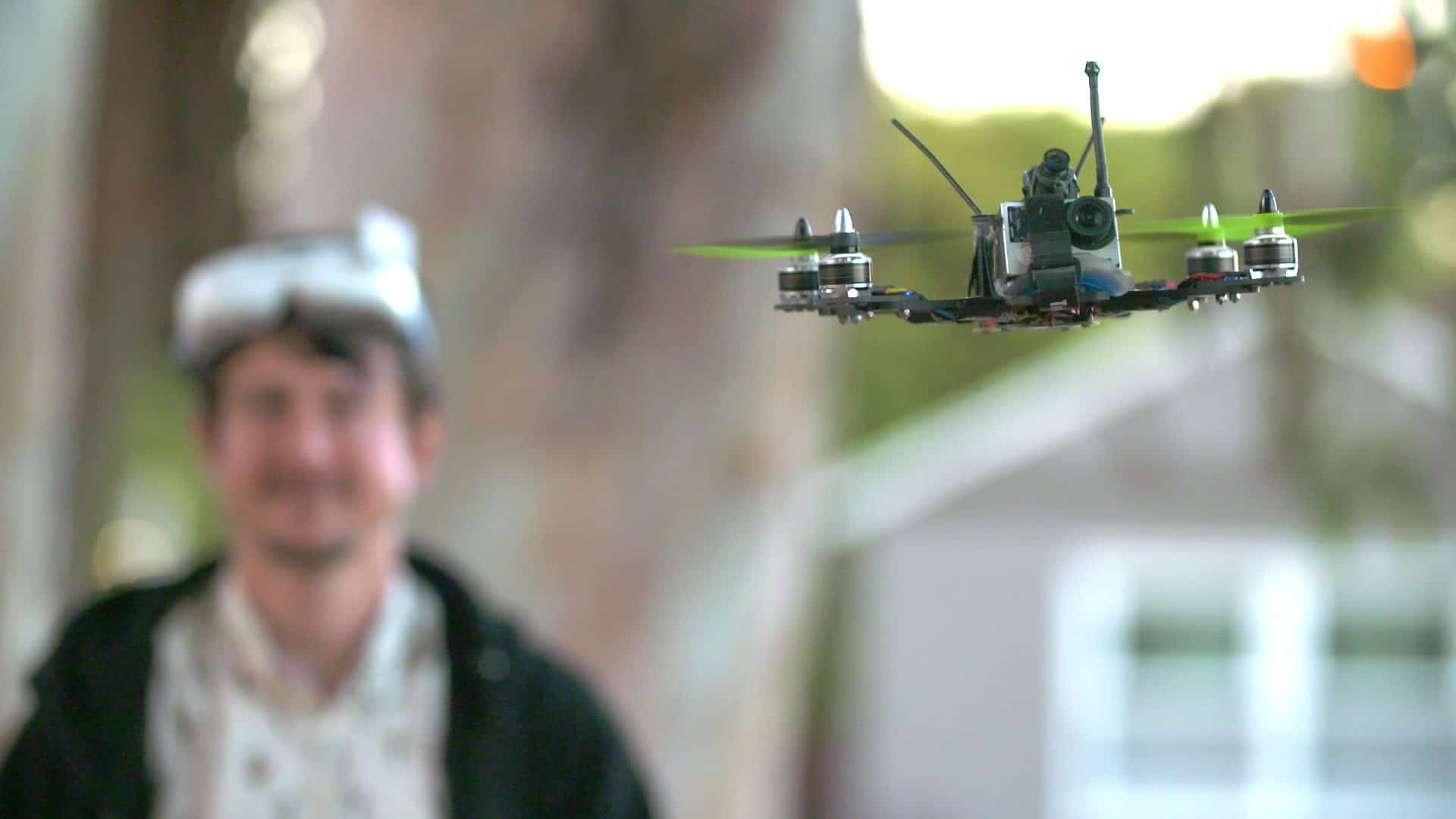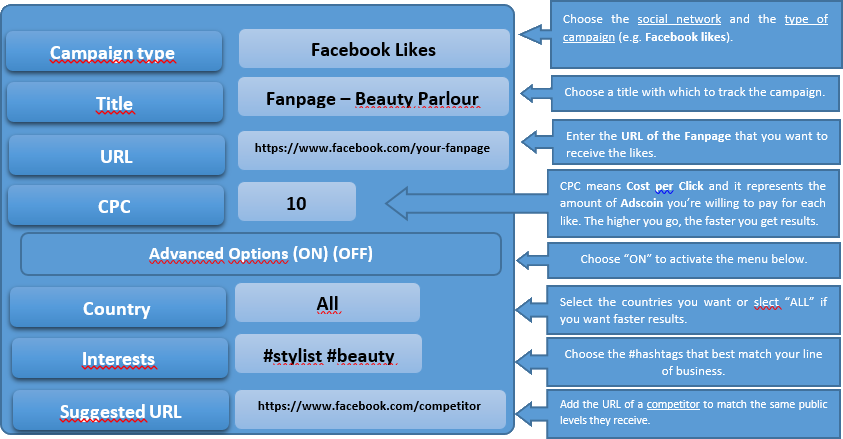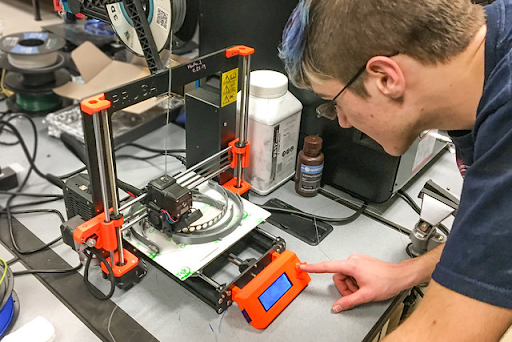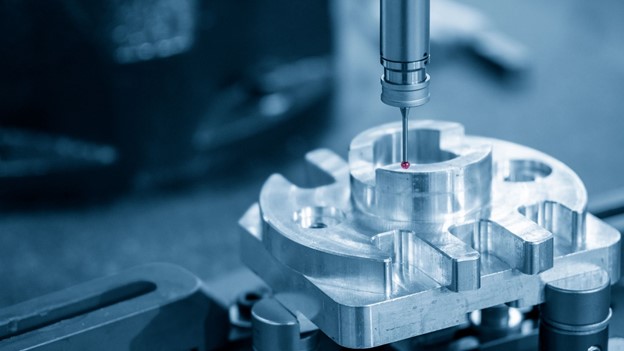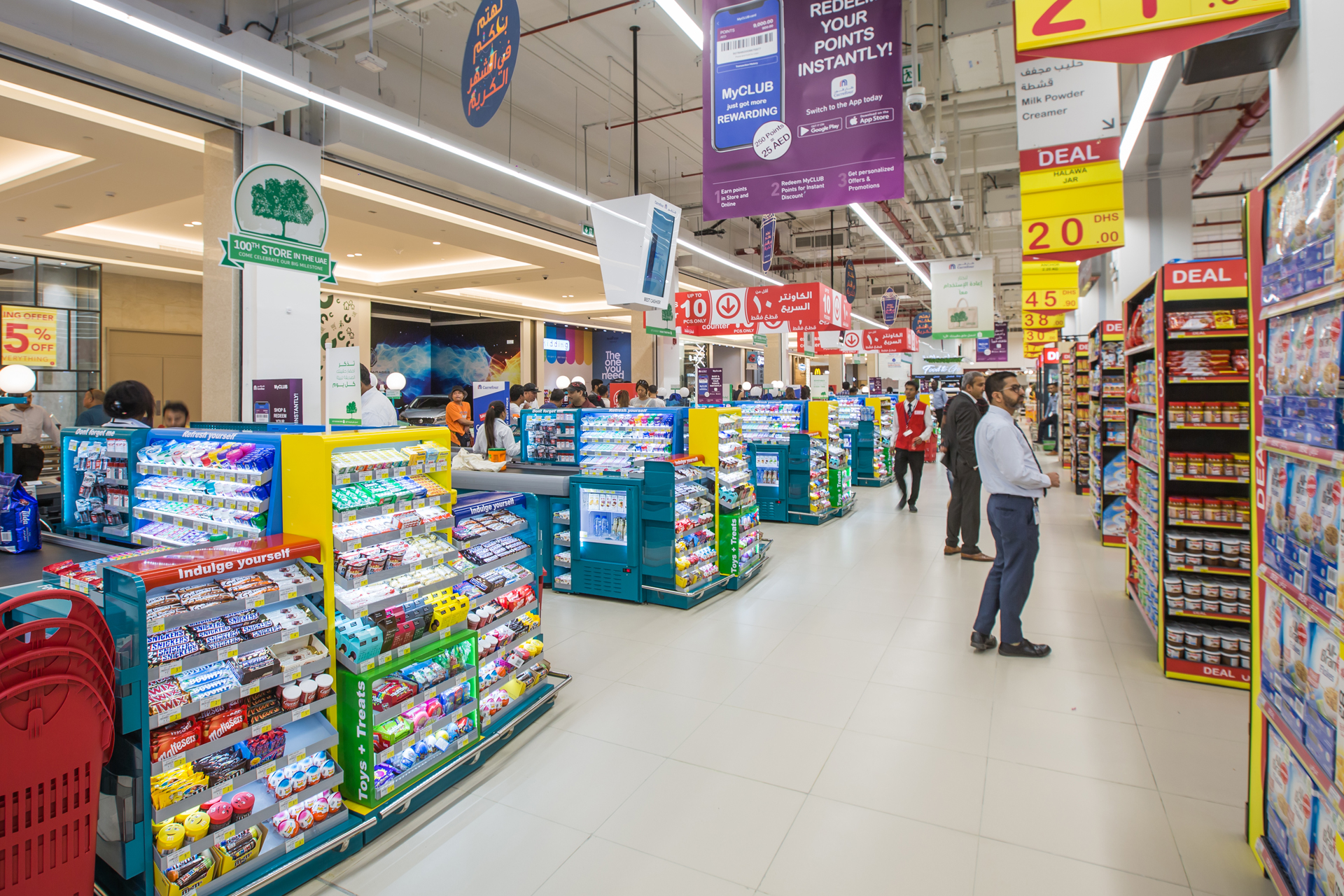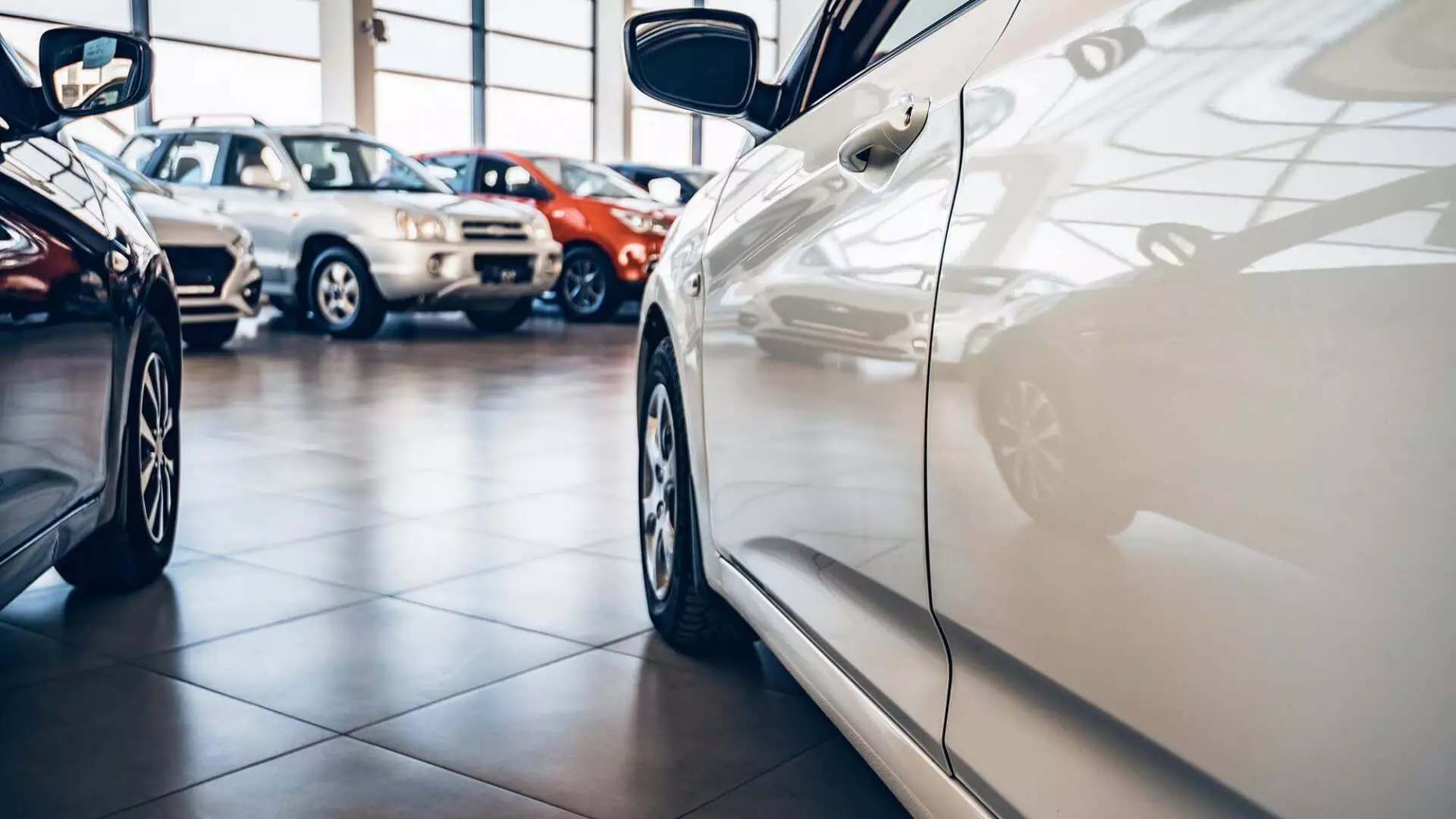Selfie drones are the outcome of three major trends in today’s technology. The first is in terms of drone hardware and software. Namely, autonomous flight and tracking functions are becoming more and more sophisticated norms in the drone industry. Generally, as people get better at engineering something, the newer models become smaller. With this technological logic in mind, smaller and smarter drones have laid the foundations for the upcoming selfie drone boom on the market.
In order to understand the two other trends driving foldable selfie drones, we need to take a closer look at the reasons why people find these drones so appealing and how they use them. Most of us take selfies to capture our memories, which then we can upload onto social media that function on the premise of showing off the most positive aspects of our daily lives. Quite understandably, people want to take selfies when they’re out, doing cool things.
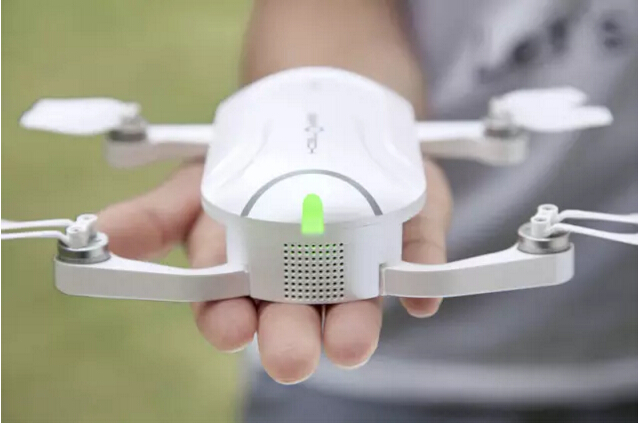
Great Selfie Drones, According To Buyers’ Reviews
Now that we’ve explained the concept of a drone that follows you around just to capture your selfies, let’s browse through several models of selfie foldable drones. Let’s take a look at the candidates in this space, and consider who might be in the best position to suit your needs.
Hover Camera Passport
Back in April 2016, the crew at Zero Zero Robotics caused a stir releasing their Hover Camera Passport. We must note that it is quite refreshing to meet a new foldable drone with a self-explanatory name. No other model on the market resembles the Hovera Camera in terms of appearance. It is precisely the simple appearance of the Hover Camera Passport that hides the outstanding technology inside the drone.
4K resolution footage, body and face tracking, image stabilization, the ability to fly directly out of your hand or be thrown into the air, 3600 panoramics and a sonar-based self-positioning system – all of these features make this a very exciting drone. The team at Zero Zero Robotics offers this great selfie foldable drone at a price under $500.
Conclusion: it would be very difficult for you not to be amazed by the technological package into the Hover Camera Passport and the delicacy of its operations. Out of all the selfie drones in this round up, we believe this is the most appealing one if you’re in search of another cool gadget. However, the Hover Camera Passport would appear as a challenge to users who perceive this type of drones simply as an accessory.
Dobby
The Dobby drone is the product of the Chinese company ZeroTech. Like the Hover Camera Passport, Dobby is designed to be a mini foldable drone. When the Dobby is not used, its four foldable propellers are neatly folded inside the body, so you can slip it easily into your pocket or bag. In terms of features, the Dobby has more common elements with the Hover Camera Passport. This foldable drone is able to hover in place and record a video in 1080p with its 13 MP camera. It also has a burst mode and can take 4K-resolution still images.
Dobby’s battery allows for up to 9 minutes of excellent selfie-taking flight time, and you can buy this drone for the price of about $300.
Conclusion: Speaking of portability – something any user would want in a selfie RC drone, – the Dobby foldable drone is far ahead of its competition. Foldable propellers are a great addition for anyone who wants to have a flying camera in their pocket without really being aware of it being there. Things are looking pretty good for the foldable Dobby drone.
ROAM-e Mini Drone
Everyone has long been bored with an old and boring selfie stick, as it limits your actions and shooting possibilities. But the Australian guys from ROAM-e built their unique selfie-taking drone which helps you get some freedom and become more creative if you can accept the fact that the drone looks like a flying carrot.
On average, its price is $ 400, the flying drone Roam-e has a 1080p camera and uses face recognition technology to follow you and is able to avoid objects with which it can collide. The mini drone can hover in the air for about 20 minutes, and its full charging time is 2 hours.
You can also shoot your favorite selfie videos, as well. The ROAM-e selfie mini drone is able to rotate 360??°, which means that after the fun entertainment you can place all these new cool and exciting selfie videos onto your social media profile. For sure, many photographers will be happy to take a few pictures at heights they cannot reach.
Conclusion: Well, the ROAM-e is certainly a different device for taking selfies. If you’re searching for value-for-money selfies, this is the right thing for you.
Kimon
Kimon is produced by the Chinese company Keyshare. This drone was released in order to cater to selfie lovers priced out of using a drone similar to the more heavy-duty models like Hexo+ and AirDog. And quite rightly so – many people don’t really need an extremely sports drone to capture selfies of them doing daily things.
Let’s see what Kimon offers to selfie enthusiasts. Well, first of all, 4K video. Same as all other selfie mini drones, Kimon doesn’t require in-flight control. The user simply needs to activate a flight mode from their smartphone to initiate the drone’s take-off, hovering, returning, and landing. Kimon also offers you a selection of selfie-taking modes (standard selfie, 45-degree shot, 360o panorama, panoramic selfie and follow shot) to help you take as many great selfies as you like.
Conclusion: Kimon is offered in six different color versions – something which additionally distinguishes it from the rest of the drones on the market. But at a price of $447, you’re paying for more than a photography accessory.

